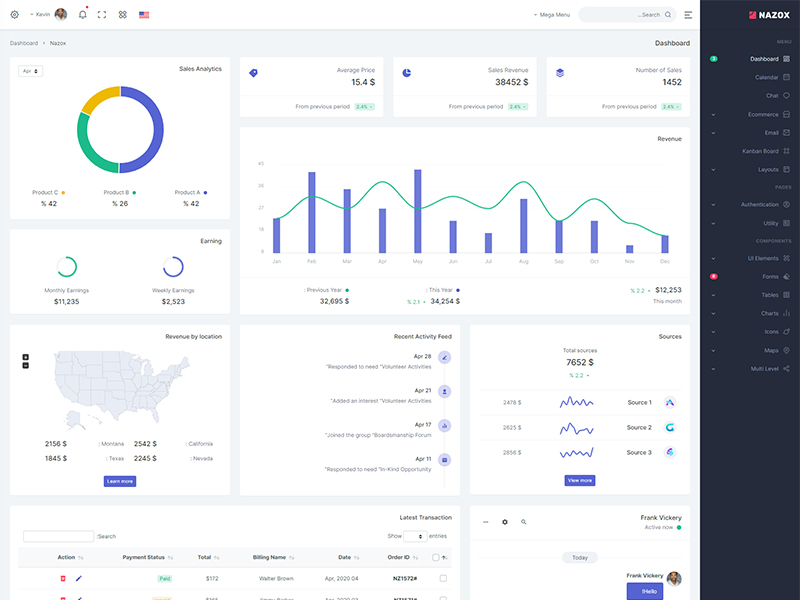Why is there a Bitcoin halving?
The Bitcoin halving is a pre-programmed event that occurs approximately every 210,000 blocks, or roughly every four years. The purpose of the halving is to control the inflation rate of the cryptocurrency by reducing the rate at which new bitcoins are generated and entering circulation.
Before each halving, the number of bitcoins awarded to miners for adding a block to the blockchain is cut in half. As a result, the rate at which new bitcoins are created and added to circulation is reduced. The most recent halving took place in May 2020 and reduced the block reward from 12.5 bitcoins to 6.25 bitcoins.
The halving is an important part of Bitcoin's design and helps to ensure that the supply of bitcoins grows at a predictable and controlled rate, rather than being subject to inflationary pressures. It also has a significant impact on the economics of mining, as a lower block reward means that miners must rely more on transaction fees to sustain their operations.
In summary, the Bitcoin halving is a pre-programmed event that reduces the rate at which new bitcoins are generated and added to circulation, helping to control the inflation rate of the cryptocurrency.
The halving event occurring every 210,000 blocks is built into the Bitcoin code as a deliberate design choice made by the cryptocurrency's creator, Satoshi Nakamoto. This number was chosen to ensure that the total supply of bitcoins will eventually be capped at 21 million, with a predictable and controlled rate of new coins being added to circulation over time.
The 210,000 block interval was also selected to balance the needs of ensuring a consistent rate of new coin creation with the practical realities of the mining process. It's long enough to allow for a sufficient number of blocks to be mined, but short enough to ensure that the rate of new coin creation is predictable and not subject to significant fluctuations.
By controlling the rate of new coin creation, the halving helps to ensure that the value of Bitcoin remains relatively stable over time, while also providing an incentive for miners to continue adding blocks to the blockchain and securing the network.




